In today’s world, it’s easy to lose yourself in the external noise – deadlines, news, and the pressure of circumstances. This is especially true for teenagers, students, young people, and those who have experienced psychological trauma or personal loss.
In such a context, it’s essential not just to “survive” but to reconnect with one’s inner rhythm, regain a sense of support, inner balance, and wholeness. This was precisely the aim of the art therapy session entitled “In Your Rhythm: Art Therapy from Tension to Harmony”, which combined body practices and elements of choreography. It took place on June 20, 2025, at the National University “Yuri Kondratyuk Poltava Polytechnic” within the framework of the international, large-scale EU-funded Erasmus+ KA220-ADU project “TRUST” – Trauma of refugees in Europe: An approach through art therapy as a solidarity program for Ukraine war victims (Grant No. 2024-BE01-KA220-ADU-000257527).
The project title is decoded as follows:
TRUST
T – Trauma
R – Refugees
U – Ukraine
S – Solidarity
T – Therapy
The project is co-funded by the EU and led by the Centre Neuro Psychiatrique St-Martin from Belgium, in partnership with the National University “Yuri Kondratyuk Poltava Polytechnic” (Ukraine), Greek Carers Network EPIONI (Greece), Fondazione Don Luigi Di Liegro (Italy), Lekama Foundation (Luxembourg), EuroPlural Project (Portugal).
This session was moderated by:
– Olena Kryvenko, practical psychologist at Poltava Polytechnic and assistant at the Department of Psychology and Pedagogy;
– Dr. Viktoriia Shevchuk, Associate Professor at the Department of Psychology and Pedagogy;
– Vitalii Horhol, Senior Lecturer at the Department of Choreography and Dance Sports;
– Petro Horhol, Head of the Department of Choreography and Dance Sports, Honored Worker of Culture of Ukraine, Honorary Art Figure of Ukraine, Honored Dance Sports Specialist of Ukraine, Associate Professor.
The event created a space to explore the deep connection between bodily expression, emotions, and the ability to feel music, rhythm, and tempo. Participants explored their inner rhythms through movement, imagination, and creativity. During the special exercise “Feel Your Rhythm”, they tuned into their bodily sensations, breathing tempo, and emotional states, and associated these with descriptions of different rhythms. After that, the group performed an improvisational exercise called “Move in Rhythm”, where participants moved freely to various music styles, discovering what resonated more – lightness, strength, calmness, or impulse, aggression, and chaos.
One of the key therapeutic components of the session was working on bodily presence. Under conditions of chronic stress, the body often “shuts down” or operates on autopilot. Through conscious movement, participants were able to “return” to themselves, identify areas where tension accumulated, and learn how to manage it. Movement, as an element of art therapy, serves as a non-verbal channel for expressing inner experiences that are too painful or difficult to verbalise. Through this channel, blocked emotions can be gradually released and given shape.
After the movement practices, a reflection circle became an essential part of the session. Participants shared their insights, described the emotions they encountered during the exercises, and the internal images that emerged. This format of non-judgmental mutual listening creates an atmosphere of acceptance and support, which in itself is a healing experience. For some, their body “sang”; for others, it trembled. Some shed tears, and others, for the first time in a long while, felt truly alive. All of these are natural reactions of the psyche to a safe space and the permission to be oneself.
Beyond its emotional effect, the session had psychoeducational value. Young people learned to recognise how stress affects the body, distinguish their emotions, and, importantly, observe their dynamics. Rhythm became not only a metaphor but a practical tool for understanding: everyone has phases, changes in energy, cycles, and this is normal. Awareness of this brings a sense of control and confidence in one’s own life.
Such sessions are a gentle but deep method of psychological prevention that helps support young people, preserve emotional well-being, prevent burnout, and enhance internal stability.
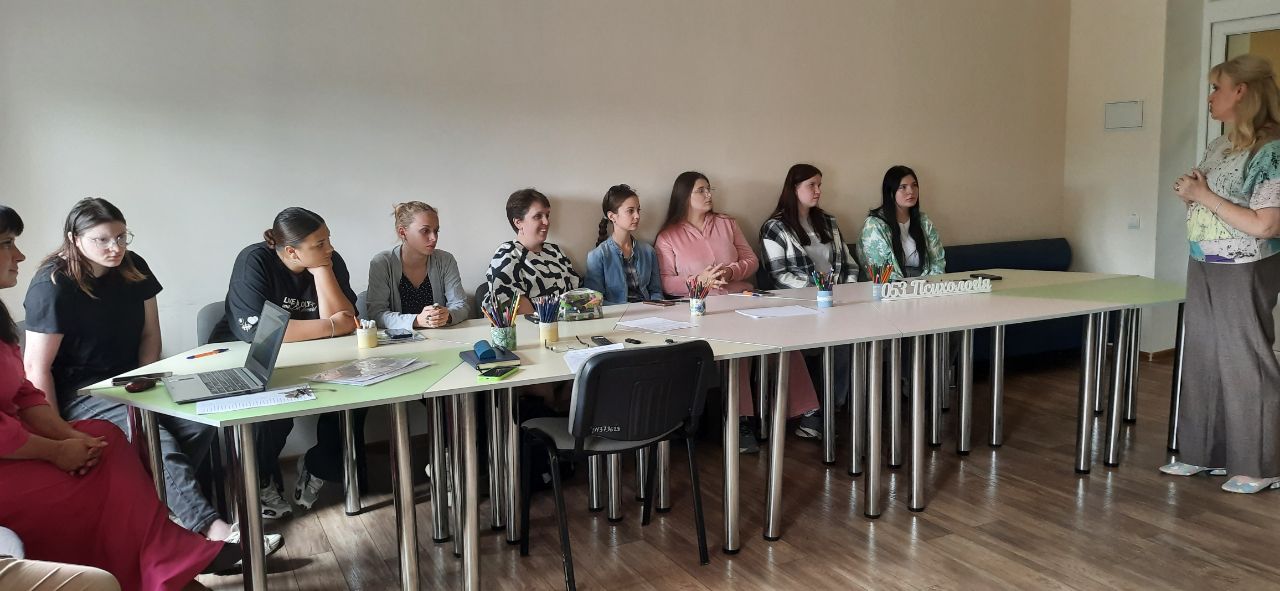

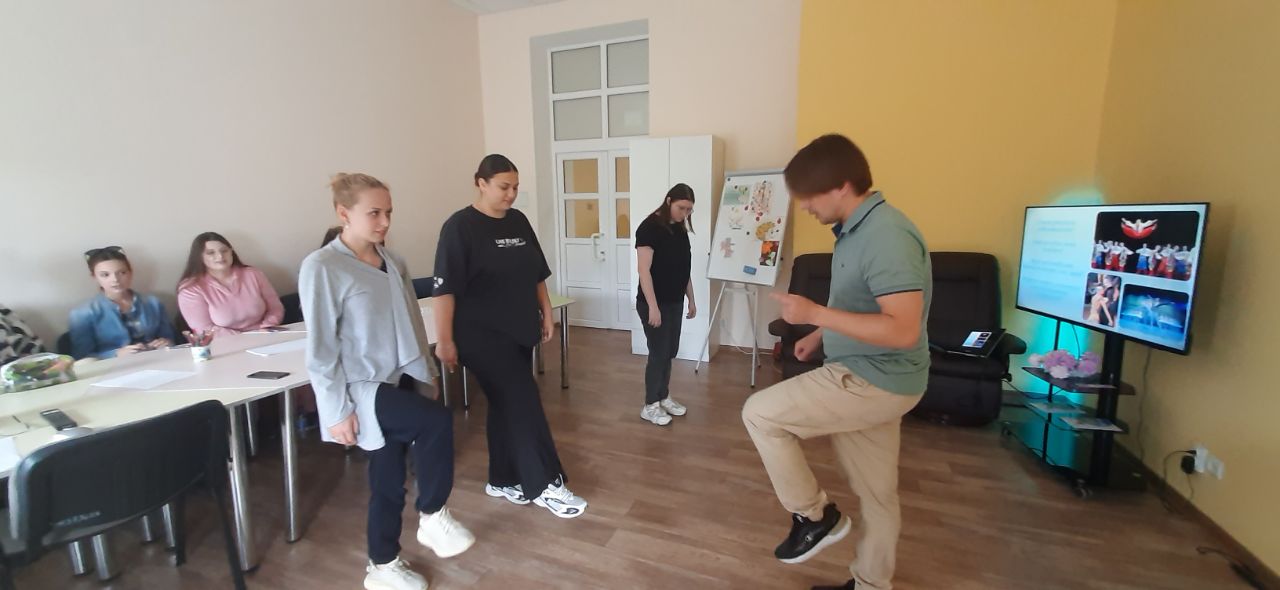
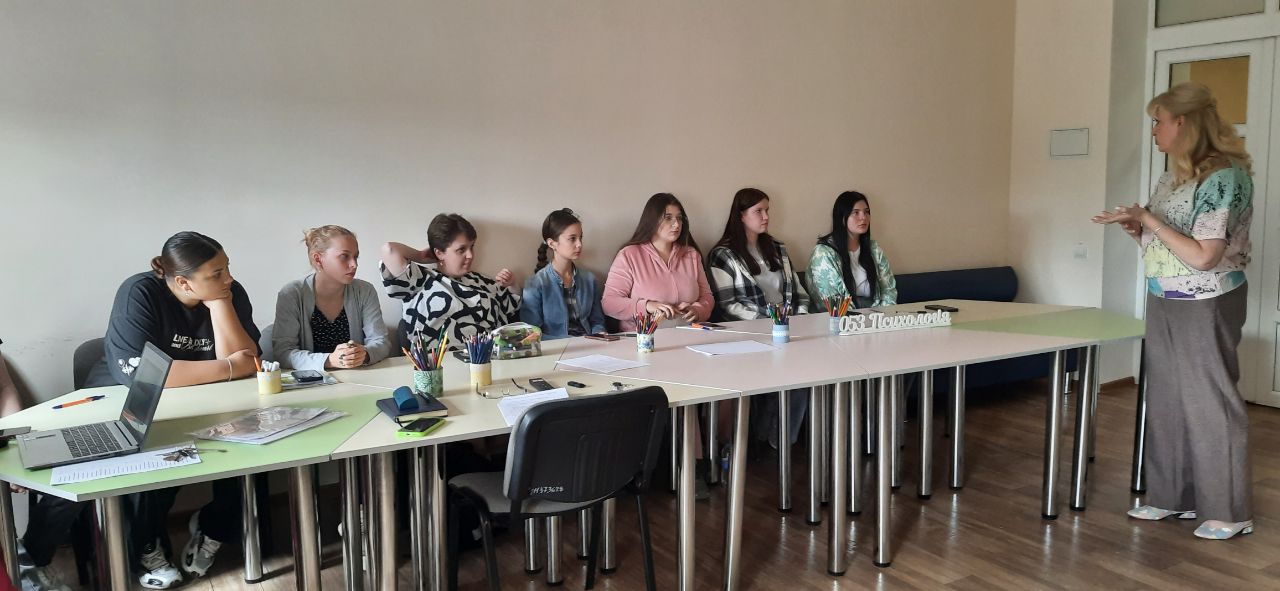
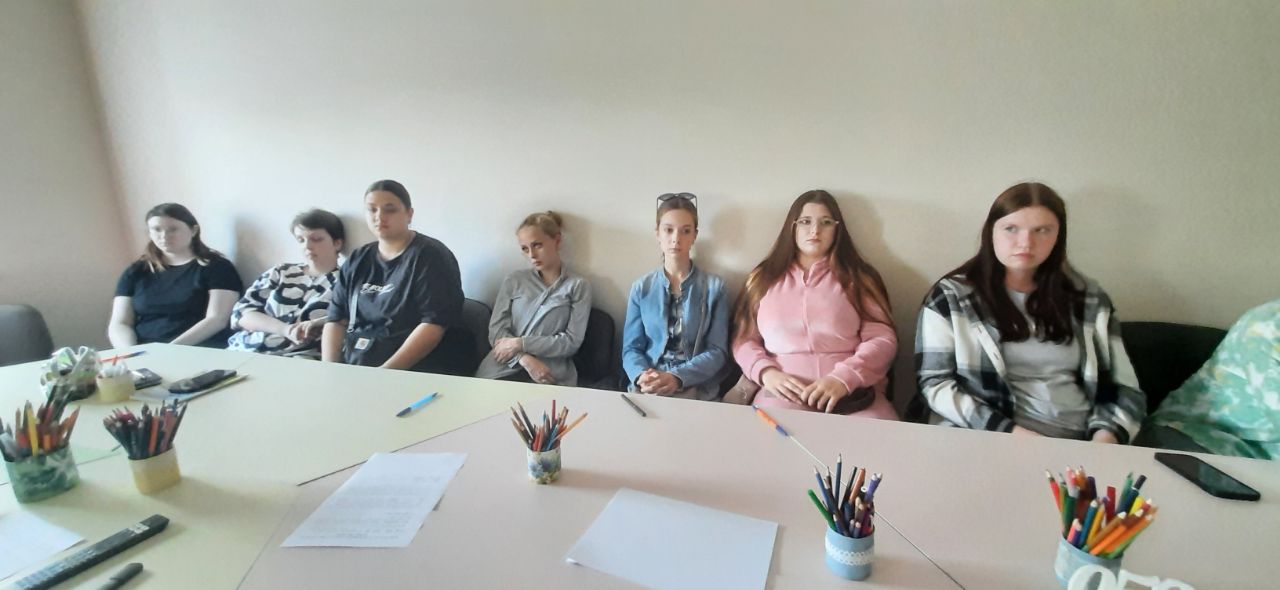

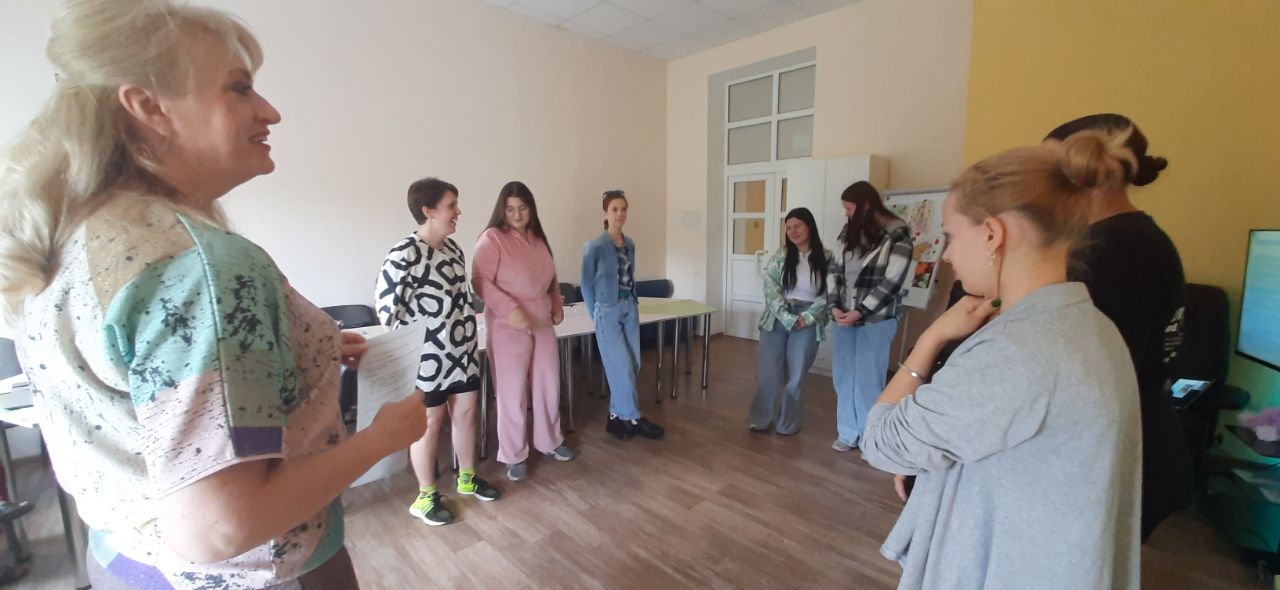

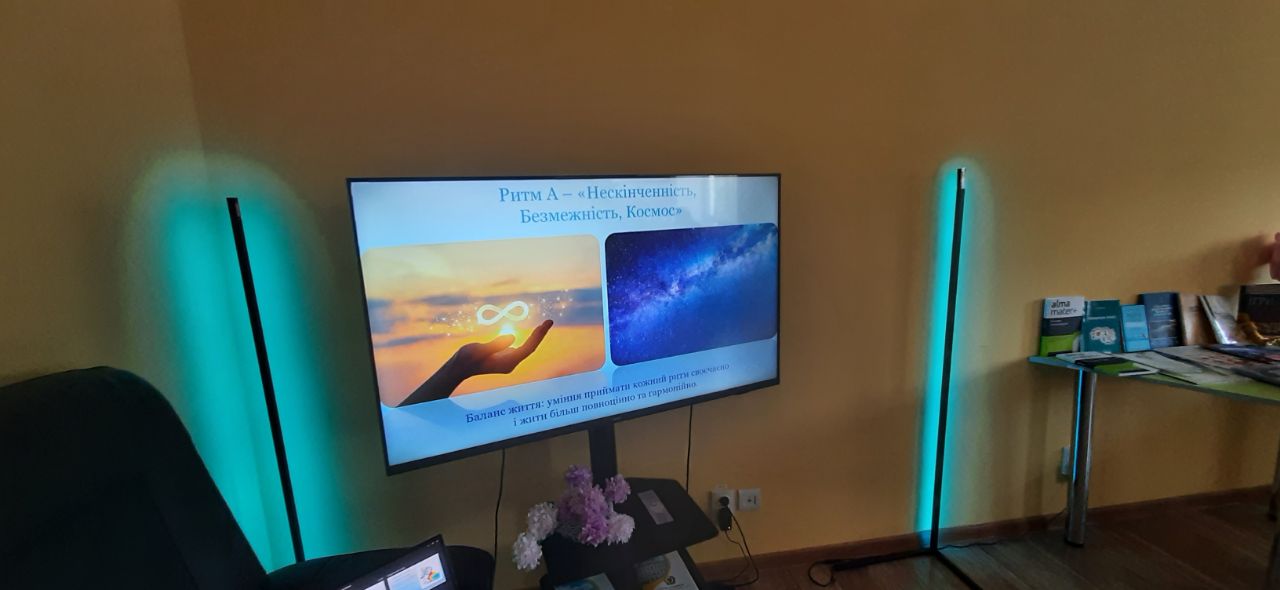
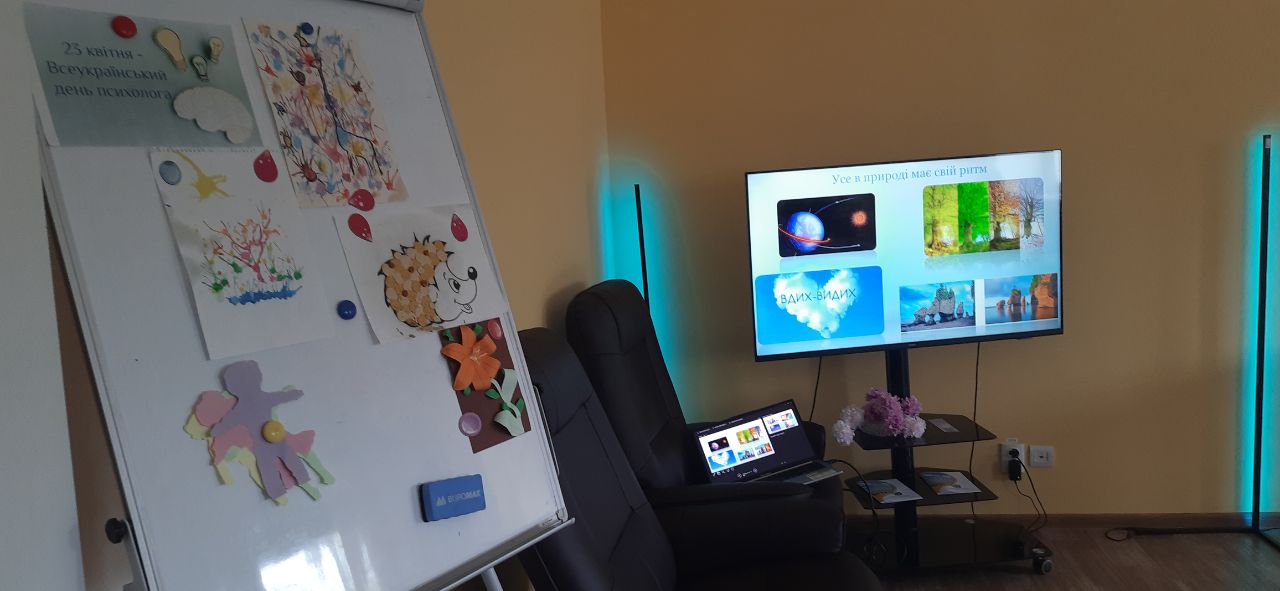
The upcoming activities under the TRUST initiative promise even more hands-on practices, innovative techniques, and – most importantly – the care and support that Ukrainian youth so urgently need today. Because art is not only about aesthetics, it’s also about healing, hope, and new life growing even through the deepest cracks.
The TRUST project continues, promising more profound practices, innovative methods, and, most importantly, the support that Ukrainians so urgently need now, because each of us, in one way or another, feels the heavy impact of war.
Within the TRUST project, several psychotherapeutic initiatives have already shown a positive impact on the mental well-being of participants, many of whom faced displacement, separation from loved ones, prolonged stress, and anxiety. Art therapy has helped reduce emotional tension, build safe channels for emotional expression, and restore the sense of connection with oneself and the world.
The previous sessions included symbolic activities such as designing personal coats of arms to represent inner values, sources of strength and hope; associative drawing exercises; the “Relationships” activity aimed at reflecting on personal connections with loved ones, community, and country; discussions around “What does mental health mean to me?”; neurographic drawing; and immersion in body-oriented therapy where movement, dance, and physical expression become key tools for emotional release and recovery, worked with metaphorical associative cards, practiced associative reflection of thoughts on paper and explored the symbolism of the elements of nature and their direct impact on the human psyche and emotional state, plunged into music and daram therapy and took part in a unique art therapy session on neurography titled “My Tree of Life”, worked with metaphorical cards and the Nossrat Pezeshkian psychotherapeutic model, сreated drawings depicting a personal “Tree of Power”, did the art therapy exercise “My superpower”, were given tools for deeper self-understanding by transforming pain into art, and art into a path to healing; helped children recognise and understand their emotions, learn self-soothing techniques, and restore their emotional resilience, helped adult IDPs gain a deep understanding of their emotions, release internal tension, and harmonise their psycho-emotional state.
Media Centre of
National University “Yuri Kondratyuk Poltava Polytechnic”



